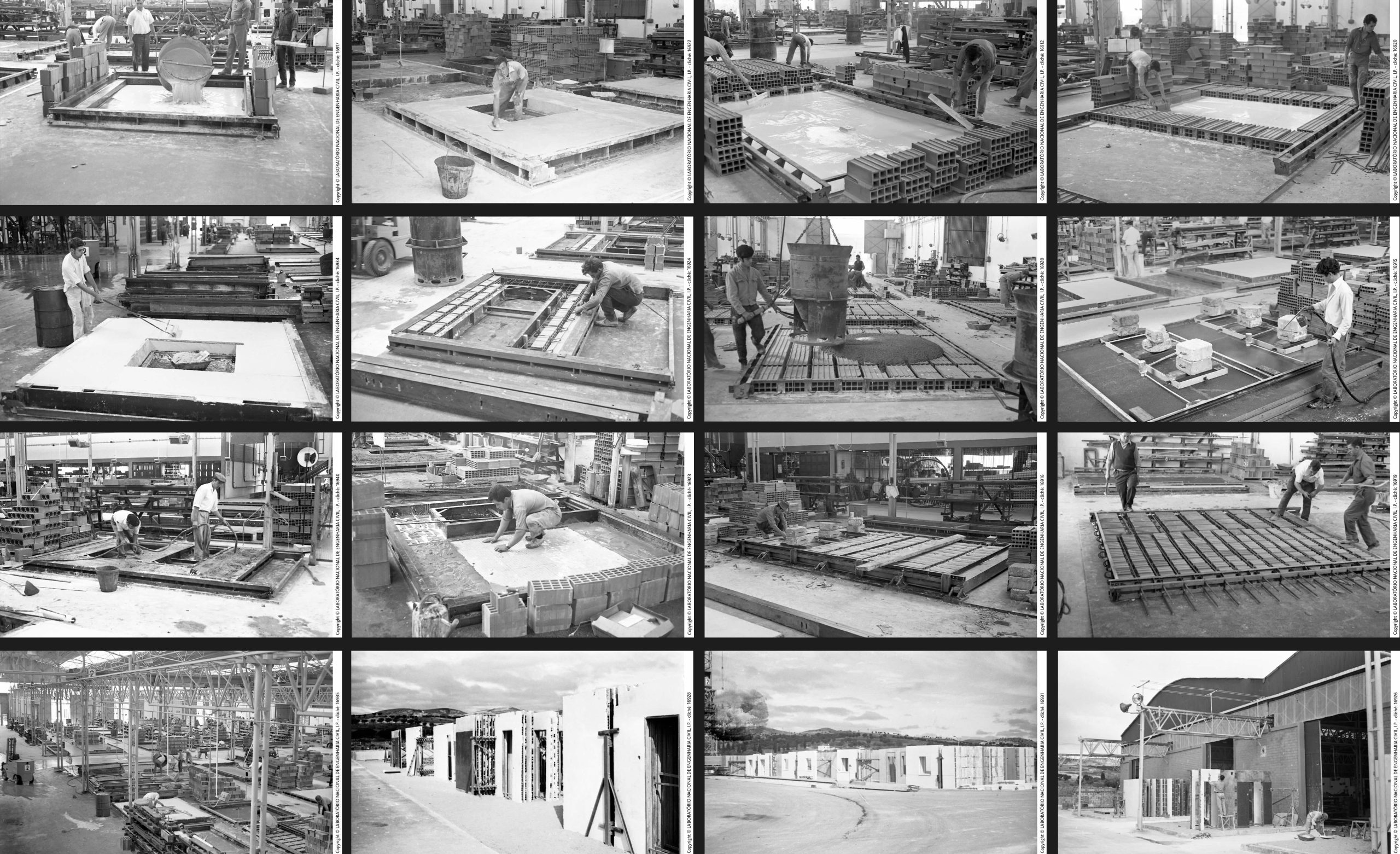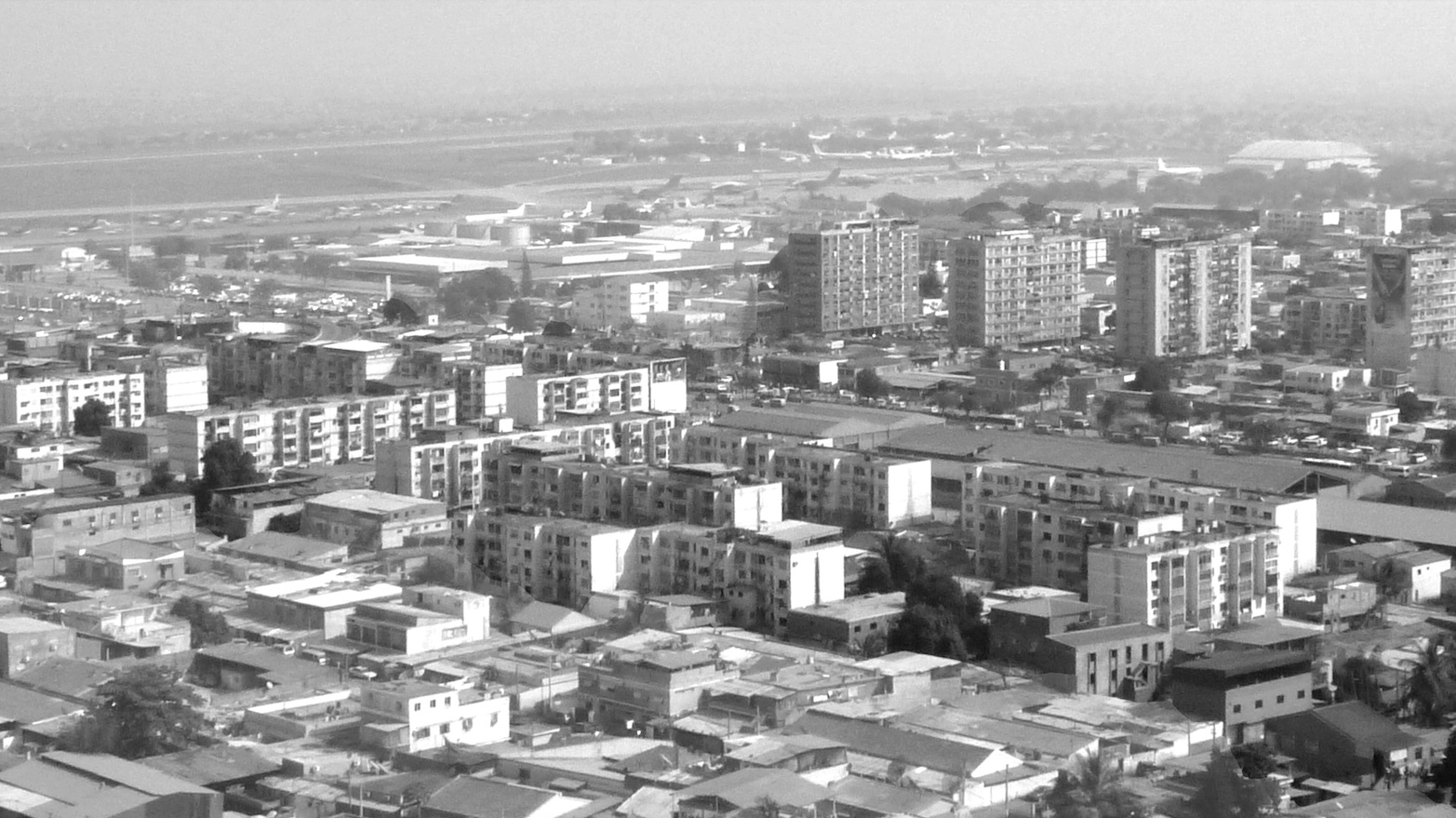Communication / Book chapter
Transposing the discourse of industrialised construction in housing between Lisbon and Luanda during the 1970s
Event: 18th International DOCOMOMO Conference 2024 “Modern futures: sustainable development and cultural diversity”
Author: Inês Lima Rodrigues
Date: 10 – 14 December 2024
Location: Santiago de Chile, Chile


Summary
This paper focuses on the prefabrication process and typification applied in building mass housing neighbourhoods on the outskirts of Lisbon, Portugal, and Luanda, Angola. It explores the transfer of these systems and know-how from Europe to Africa, mapping housing neighbourhoods built at the end of Portuguese colonialism and the transition from dictatorship in Portugal (25 April 1974) to the independence of Angola (1975). The push for widespread housing led to developing large estates on peripheral land, utilising industrialised materials and processes to meet production demands. Large construction firms spearheaded innovation, with prefabrication vital in ensuring economic feasibility and rapid construction times. Portugal initiated its first prefabricated projects during the 1960s. At the same time, the Portuguese state invested in Angola, elevating the importance of housing development in both regions. This article proposes a comparative analysis of housing estates, focusing on the role of large construction companies and the influence of specific prefabricated systems on constructing residential estates in Lisbon and Luanda. It seeks to answer how the introduction of prefabricated design elements led to functional and aesthetic innovations and whether they benefited from foreign expertise. It also investigates the transfer and utilisation of these systems in the Global South, emphasising their profound impact on architectural design and urban planning during the colonial transition. These neighbourhoods drew inspiration from various international models, including Swedish, French, and Soviet systems, and influences from Non-Aligned Movement countries like Yugoslavia and Cuba. Following Angola’s independence, additional prefabricated technologies were introduced, facilitating the transition from colonial to postcolonial structures and addressing housing demand while adapting to tropical climates. The comparative analysis underscores how prefabrication influenced architectural design and urban planning during the colonial transition, with construction companies playing a pivotal role in shaping urban landscapes and promoting modern living standards.
Click here for the original publication.

